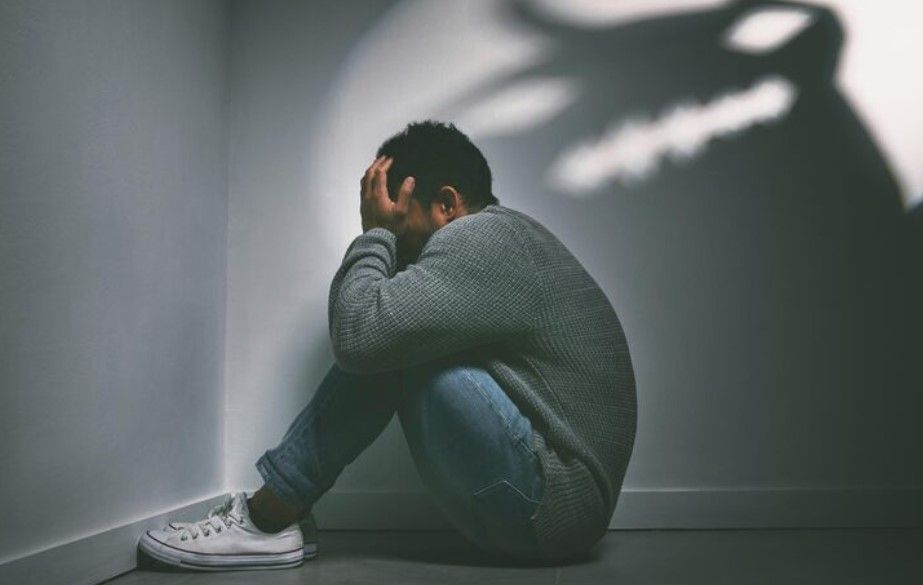Anxiety in 2025: Living on Edge in an Age of Uncertainty
In 2025, anxiety is no longer a silent struggle—it’s a defining feature of modern life. With over 301 million people worldwide affected by anxiety disorders, it remains the most prevalent mental health condition globally. But beyond the numbers lies a deeper truth: anxiety has become a mirror reflecting the turbulence of our times.

🌍 A World in Flux
- Political instability, economic volatility, and climate-related disasters have created a constant undercurrent of uncertainty.
- The rise of AI, automation, and digital surveillance has sparked existential fears about identity, privacy, and job security.
- Social media continues to amplify comparison, fear of missing out (FOMO), and doomscrolling—fueling chronic stress and emotional fatigue.
As one psychologist put it, “We’re not just anxious about our lives—we’re anxious about the world itself”.
🧠 The Science of Anxiety
Anxiety is more than worry—it’s a physiological response to perceived threat. In 2025, chronic anxiety is linked to:
- Sleep disruption, weakened immunity, and cardiovascular issues
- Cognitive overload, leading to decision fatigue and burnout
- Co-occurring disorders, such as depression and substance use
Women and adolescents remain disproportionately affected, with lifetime prevalence rates among teen girls reaching 38% in the U.S.
🛑 Barriers to Care
Despite being highly treatable, anxiety often goes unaddressed due to:
- Stigma, especially in cultures where emotional expression is discouraged
- Lack of access, particularly in rural and low-income communities
- Overburdened healthcare systems, with long wait times and limited specialists
In some countries, fewer than 1 in 5 people with anxiety receive adequate treatment.
💡 Emerging Solutions
The response to anxiety in 2025 is evolving:
- Digital mental health platforms offer CBT-based tools, guided journaling, and AI-powered chat support.
- Workplace wellness programs now include stress management, mindfulness training, and flexible schedules.
- School-based emotional literacy curricula are helping children build resilience from an early age.
There’s also a growing emphasis on community healing, with peer-led support groups and trauma-informed spaces gaining traction.
In a world that feels increasingly unpredictable, anxiety is a rational response—but it doesn’t have to be a permanent state. By investing in prevention, expanding access to care, and fostering emotional resilience, society in 2025 is beginning to turn the tide on this silent epidemic.
CATEGORIES












